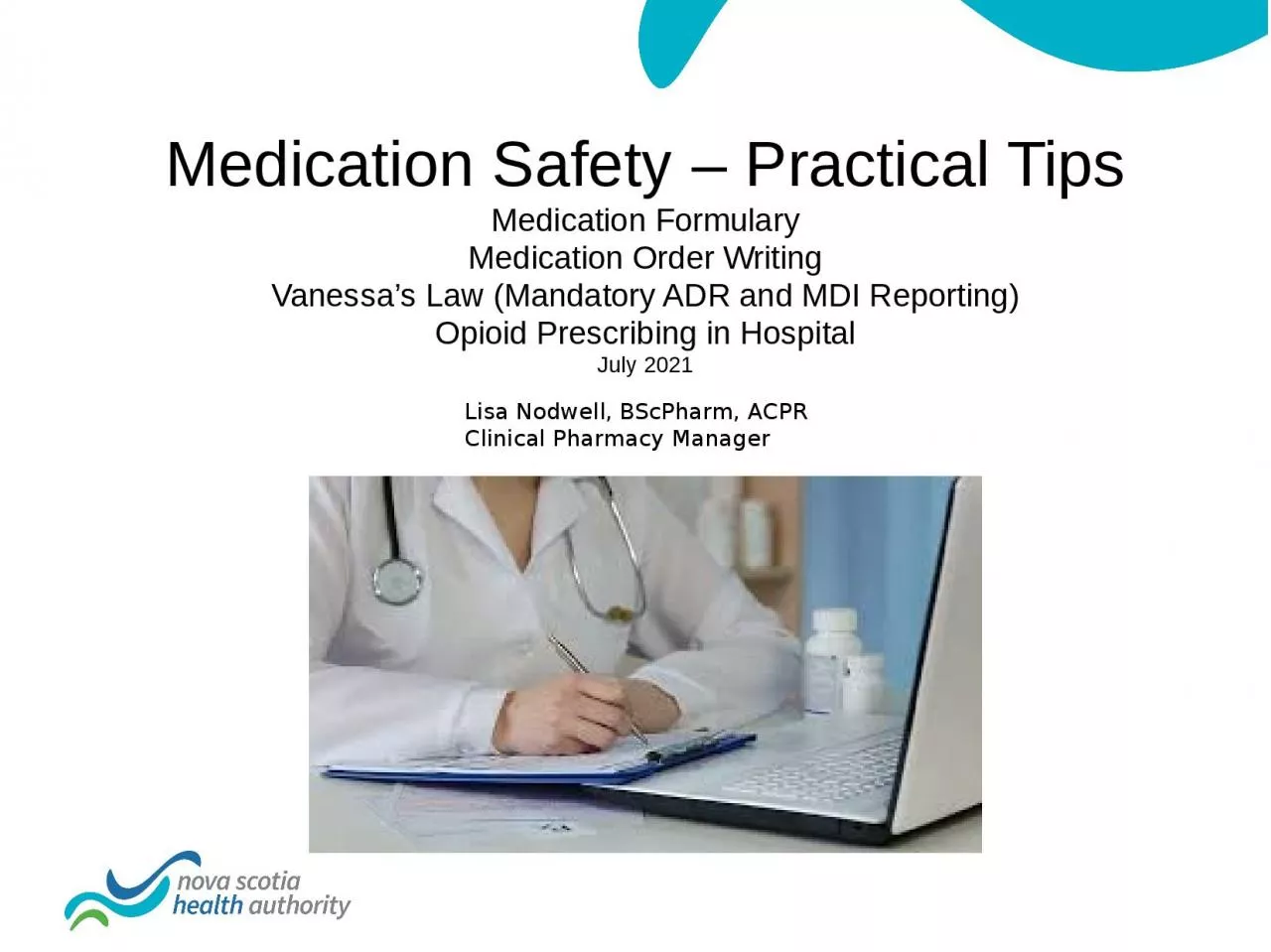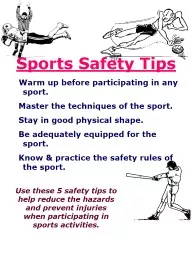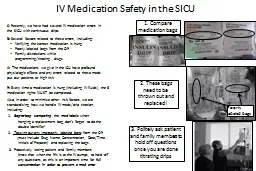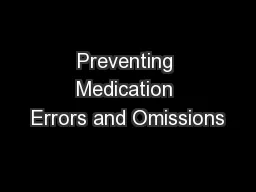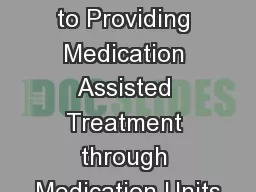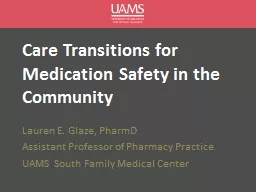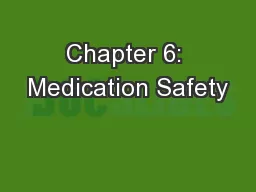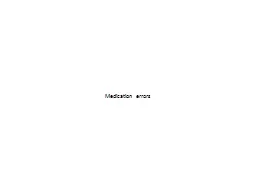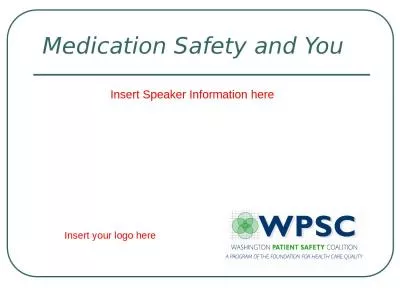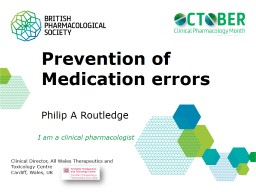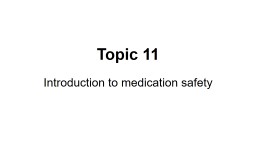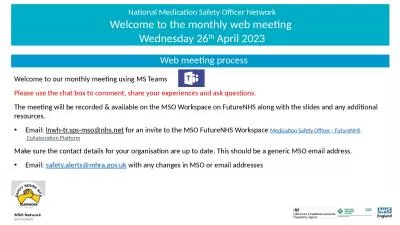PPT-Medication Safety – Practical Tips
Author : ximena | Published Date : 2024-03-15
Medication Formulary Medication Order Writing Vanessas Law Mandatory ADR and MDI Reporting Opioid Prescribing in Hospital July 2021 Lisa Nodwell BScPharm ACPR
Presentation Embed Code
Download Presentation
Download Presentation The PPT/PDF document "Medication Safety – Practical Tips" is the property of its rightful owner. Permission is granted to download and print the materials on this website for personal, non-commercial use only, and to display it on your personal computer provided you do not modify the materials and that you retain all copyright notices contained in the materials. By downloading content from our website, you accept the terms of this agreement.
Medication Safety – Practical Tips: Transcript
Download Rules Of Document
"Medication Safety – Practical Tips"The content belongs to its owner. You may download and print it for personal use, without modification, and keep all copyright notices. By downloading, you agree to these terms.
Related Documents

